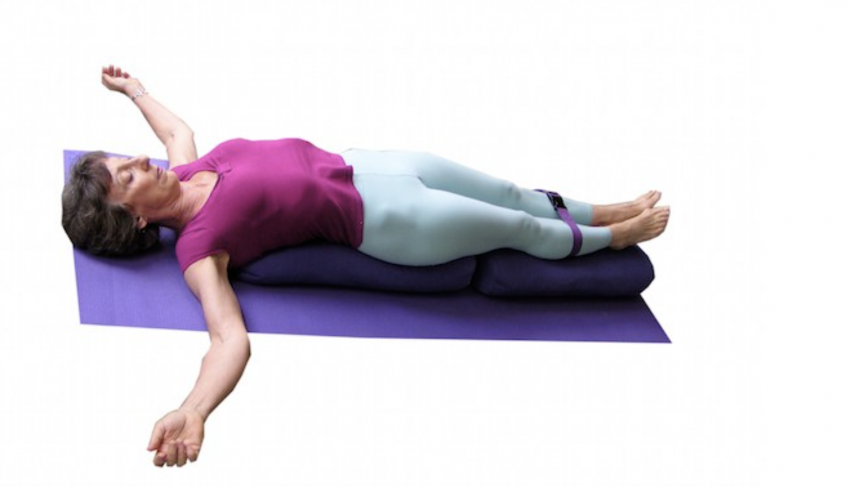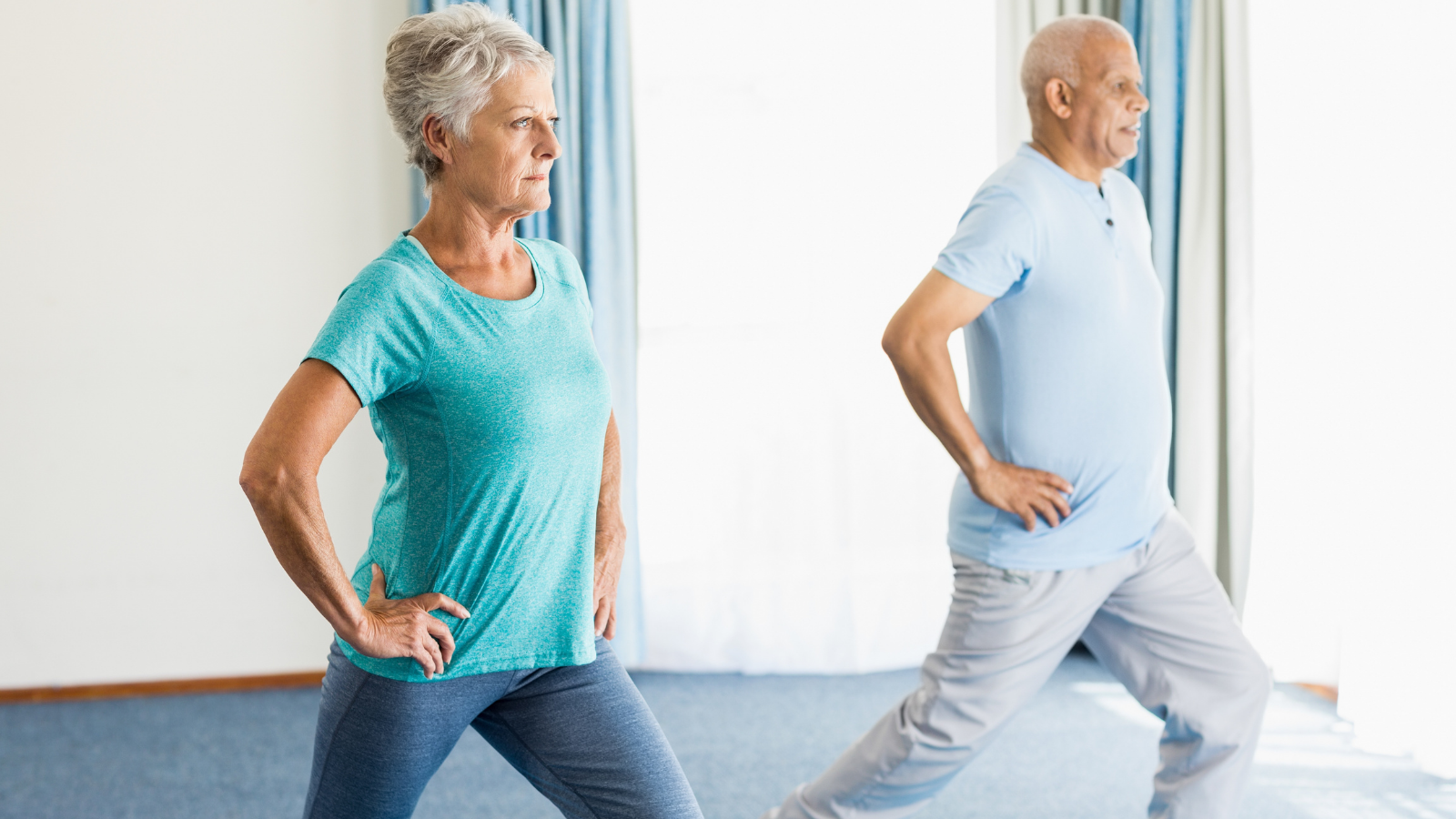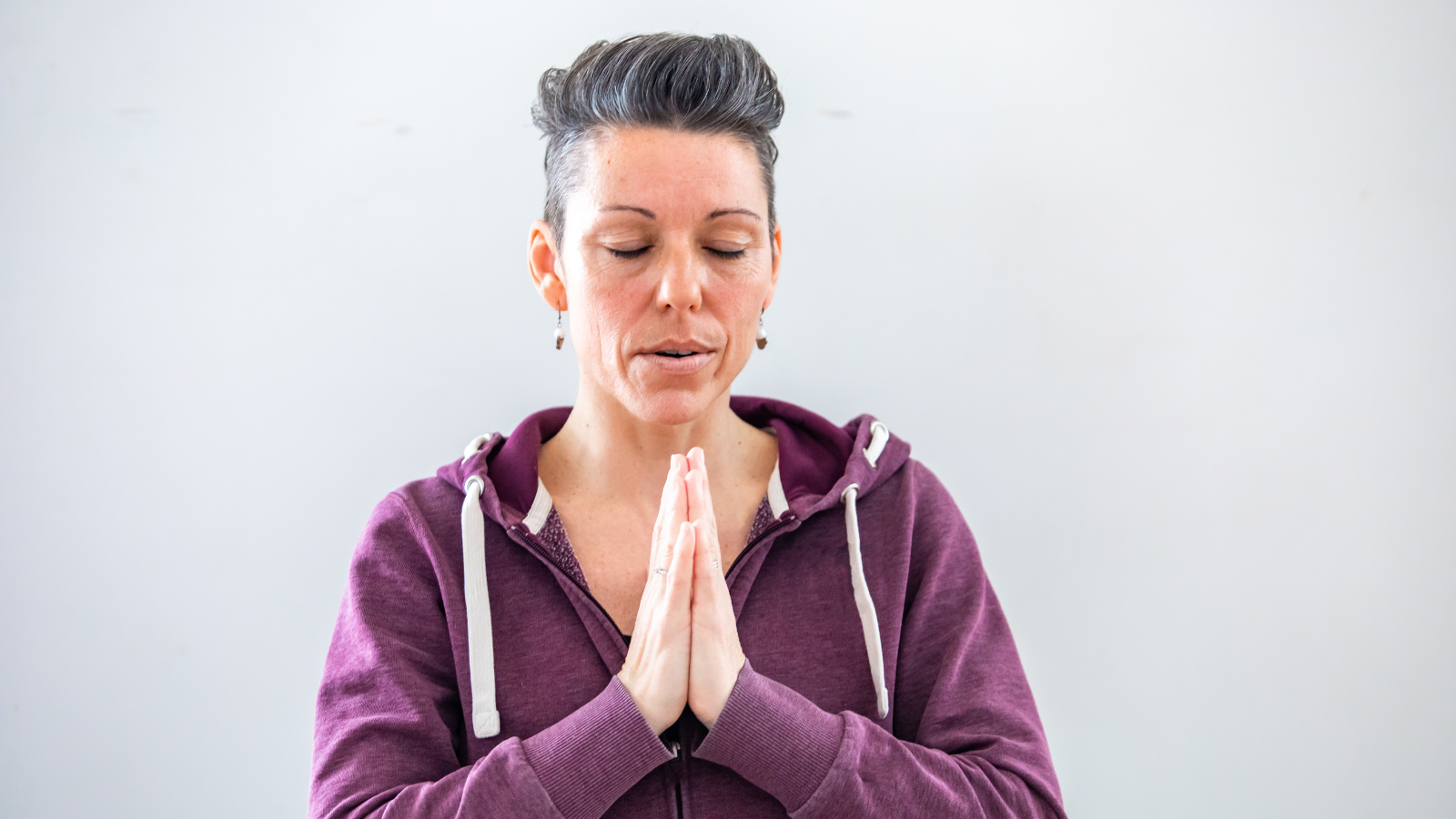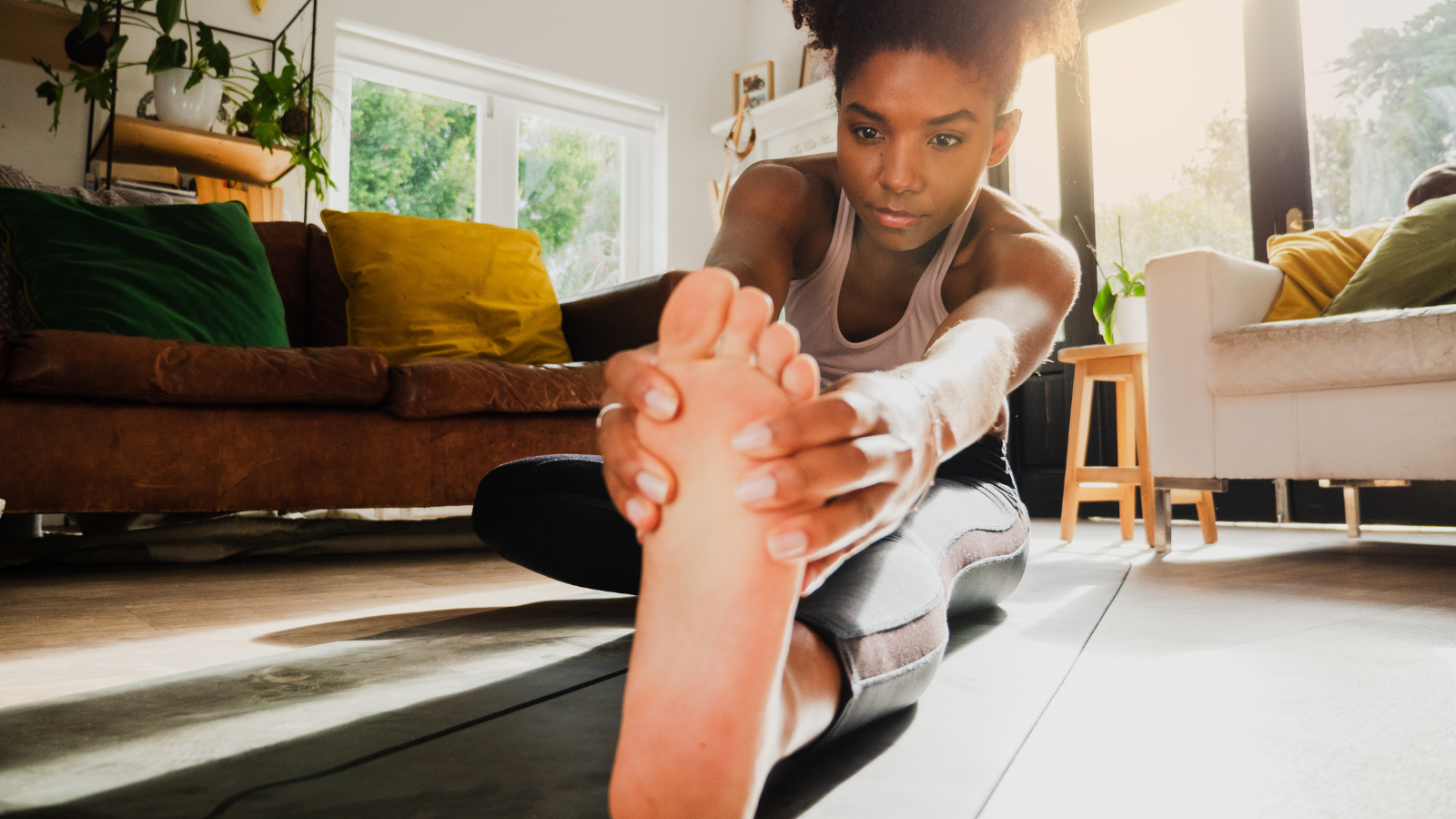View basket (0 items $0.00)
Error message
- Notice: unserialize(): Error at offset 5 of 154 bytes in variable_initialize() (line 1202 of /home/dh_6hcdc2/yogau.online/docroot/includes/bootstrap.inc).
- The file could not be created.
- The file could not be created.

Yoga for Back Pain: Restore Ease in Mind and Body with Supported Bridge Pose
The practice of yoga addresses all levels of consciousness. In yoga, a distinction is made between the physical body, the energetic body, the mental body, the discriminating mind, and the body of bliss. These are called the five levels of consciousness, or the five koshas. Often when a person suffers from back pain, and there is no obvious reason, their doctor is likely to say it’s stress; it’s a mental problem.
You say, “Mental problem? Really? It seems to me that I am managing my situation as best I can, yet my body hurts.” They may not have much to offer other than medication. If it were me—and in the past it was me—I would say, “Thank you. Let me see what other assistance I can find.”
The Yoga System’s Solution

There is a pervading truth that is asking to be recognized: all five levels of consciousness are connected, so when we affect one level, the others also respond. Let’s examine this process.
We wake up with back pain. Maybe we wake up with it every day. Maybe it’s better when we stay still, or maybe it’s better after we are up and moving. Regardless of how the pain presents itself, it is still pain, still some part of us calling for attention.
When the physical body is in discomfort, this is the first and most concrete level of consciousness. The cause of the physical discomfort could be coming from the mind and its perceptions, i.e., the mental body. Perhaps there is a big project you were working on and concerned about the outcome. Or your hours may have been cut back at work, and you were concerned about making ends meet. These are examples of mental and emotional tension that overtime can land in our physical bodies as back pain. So even though we may not be able to change our outer circumstances, we can change our inner circumstances.
Breath Connects Mind to Body

When we arrive on our yoga mat, it’s our time to turn our attention inward and connect the mind to the breath, and the breath to the body. Our yoga practice is designed to release tension, which is at once physical, mental, and energetic or emotional. Breathing helps us to do that.
To stretch slowly and breathe deeply helps us discover what hidden thoughts may be at the root of our discomfort, interconnecting those three levels of consciousness. Unfortunately, this is not as easy as it sounds, and if a situation or condition seems too threatening, those thoughts will simply stay hidden. On the other hand, the simple act of performing yoga poses slowly with awareness, and deep breathing creates a level of release and integration of the body-mind that begins to unwind the stresses we are confronted with.
Over time as we practice, we peel away layers of physical tension and discomfort to discover greater ease of being. From a place of ease, we are likely to view the outer disturbance with more clarity and reposition our mental as well as a physical response to the situation. In this way, we have access to the discriminating mind, the fourth level of consciousness.
The Blessing of Yoga

All our parts are connected, and yoga helps us to experience that. A well-grounded yoga practice, focused on alignment, breath, and presence of mind, helps purify the body and emotions to reveal our deeper aspirations.
I offer you the following Restorative Yoga pose, Salamba Ardha Setu Bandha Sarvangasana (Supported Half Bridge Pose). When the shoulder blades are properly positioned, the pose extends the spine to relieve stress and back pain as well as build courage and optimism. Enjoy your practice!
How to Practice Supported Bridge Pose

With the head and neck positioned below the heart, this pose is a mild inversion and offers all the benefits of an inversion:
-
Blood flows into the head to nourish the brain.
-
Endorphins are released by changing the pressure on the carotid artery.
-
The organs are extended, relieving pressure on the diaphragm.
-
The chest opens, allowing the heart to pump freely.
-
The thyroid, parathyroid, thymus, and adrenals are invigorated.
This position is an excellent pose to do almost anytime, providing us with deep rest and restoration in a few short minutes! Time in the pose can vary, although 10–15 minutes is recommended. Shorter or longer timings are also possible, as noted in the instructions.
-
Begin with two bolsters placed end to end, or four blankets folded and stacked into two piles, placed end to end.
-
In order to relax your legs completely, place a belt around your calves, as shown in the photo, or around your mid-thighs.
-
Sit with your hips on the bolster and knees bent.
-
Again lift your hips and move the flesh of your buttocks toward your feet.
-
Lie back on the bolster with the bottom edge of your shoulder blades hanging on the edge of the bolster.
-
Your shoulders will not be touching the floor; however, the back of your neck will feel long.
-
Relax your arms out to the sides.
-
Hold this position a minimum of 7 minutes or as long as 30 minutes.
-
To come out, bend your knees and roll to your side.
-
Rest on your side for 5–10 breaths, and then slowly push yourself up to sitting.
-
Hint: Hook the bottom tip of your shoulder blades on the edge of the bolster. Fasten them there to roll your top chest down toward the floor.
-
Inner Action: Take long, slow, deep breaths to experience the expansion of your chest and ribs. Breathe into your top chest as best you can, and let go completely on the exhalation.
Caution: If your shoulders are too far off the edge of the bolster, you may experience too much bend in your low back, along with some discomfort. To remedy this, simply slide back up onto the bolster, so your top chest is supported, or use folded blankets rather than the bolster, so your body is closer to the ground.

Reprinted with permission from Lillah Schwartz and yogawithlillah.com

 Lillah Schwartz, C-IAYT Certified Yoga Therapist, is an Asheville-based yoga teacher, teacher trainer, and author with more than 35 years of experience. A certified yoga therapist, her specialties include her book, Healing Our Backs with Yoga: An Essential Guide to Back Pain Relief, which came out in 2016. Lillah also has three therapeutic yoga DVDs for back pain relief.
Lillah Schwartz, C-IAYT Certified Yoga Therapist, is an Asheville-based yoga teacher, teacher trainer, and author with more than 35 years of experience. A certified yoga therapist, her specialties include her book, Healing Our Backs with Yoga: An Essential Guide to Back Pain Relief, which came out in 2016. Lillah also has three therapeutic yoga DVDs for back pain relief.
Featured Courses









